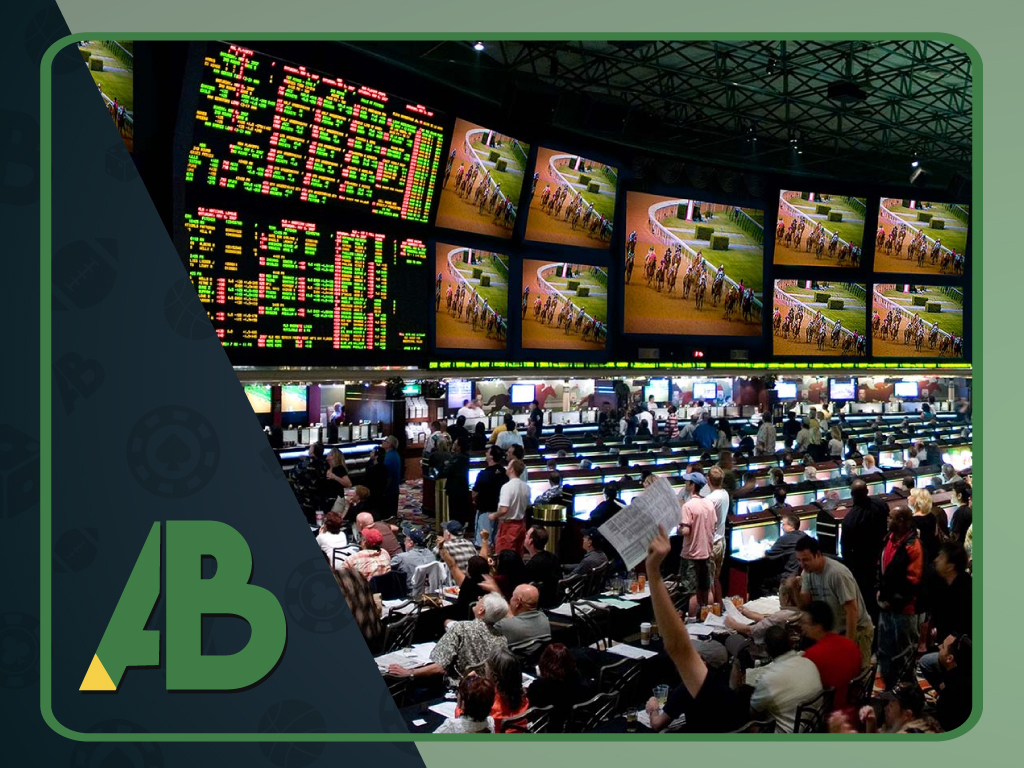When done sensibly, wagering on horse races can give a significant rush and adds to the general prosperity of the game, given the revenue created by track operators and by web-based betting firms returns into the game. In this digital age, the devices are all there to assist you with wagering all the more expertly and give yourself a better chance of finding a winner. Adam Bjorn, a gambling industry executive, and horse racing expert offers the essentials for those getting started with horse race betting.
Opening an ADW (Advance Deposit wagering) player account is so easy today. It can be opened within minutes, a deposit made and you’re ready to wager on hundreds of tracks and types of races all over the world.
For beginners, it can start as easily as picking the horses name you like the most, or playing the jockeys silks based on your favorite color. There is so much information to take in when ‘playing the ponies’ on a professional level, so the idea is to keep it simple when starting out and enjoying the experience and not taking it too serious.
When placing your initial bets, start simple with ‘Win’ bets, which can backed up by place and show depending on the size of the odds being offered. The lower the odds, the less value the place and show bet does become. Then, you can expand into exacta’s and trifecta’s where you’re trying to pick the 1st two or three horses past the post in the race, in a particular order or you can ‘box’ them so you win no matter the order they may finish. To keep the race meet interesting and taking a shot at a big payday, you can look towards the pick 4 or pick 6’s to really make the day memorable.
Once you play more and get some experience behind what to look for, there are lots of tools and experts available to read, follow and listen too. In the beginning, try not to totally overwhelm yourself with too much information.
The Trainer – Details on trainer ‘stats’ are readily accessible, as are the details on a horse’s past performances on the track. Many trainers have a specialty whether it be Turf vs Dirt races, Sprinters vs Milers or Younger vs Older horses, with some normally more effective than others inside the game. As a rule, a trainer dominating huge amounts of races and huge amounts of prize money may be viewed as a strong choice. Some great trainers go unacknowledged due to the lack of opportunities.
Bjorn explains, “This can be on the grounds that some trainers get more access to having the more all-around, well-bred, sometimes costly and athletic horses sent to them through having the right owner connections, where as others, until proven, can battle for years without getting that major break on stabling a true champion.”
So, when taking a look at the trainer details, the guidance isn’t to just focus on their win rate or overall prize money, but in addition, whether a trainer has more accomplishments with runners at this particular track, adolescents, fillies or some other explicit region of the game they may have practical experience in.
Much like with the trainer, the best jockeys, once they have proven themselves, will normally be offered the best horses to ride so you don’t need to be an expert on riding styles to spot who the best jockeys in the business are.
Many top jockeys are formally connected to specific stables on retainers, so they are allowed to move around. It’s worth being on the look out for jockeys exchanging allegiance in the big races. Major jockey changes can be a good sign of what horse may be best to avoid or look at closer, depending who’s choice it was to make such a change.
Gate Positions, Speed figures and horse odds are other factors when it comes to trying to find a winner or a value betting opportunity.
As all tracks in North America are left-handed and generally close, the gate position is frequently significant in that you need to be drawn not on the rail, yet not too wide, depending on what type of tactical horse it is and how they will be positioned after making that initial jump.
There are various approaches to decipher speed and its significance with regards to a race. One example is by finding a horse that likes to lead and there being no other ‘speed’ horses in the race. “This typically implies they will break rapidly and get a ‘delicate’ lead, permitting them to direct the movement and kick on from the front at whatever point they like having spared a lot of energy for the stretch,” asserts Bjorn.
Bjorn adds in conclusion, “at the end of the day, finding value in the odds versus trying to pick winners is how success can be had when placing wagers on horse racing. If you are betting even money shots, you need to be picking the winner every 2 races. If you are playing horses in the realm of 8-1 and higher, you only need to find one winner for the day. Just remember, when you are also betting on horse races, you will lose more bets than you win, so staying consistent, disciplined and understanding this premise, is the key to making money, but also enjoying the process. ”







